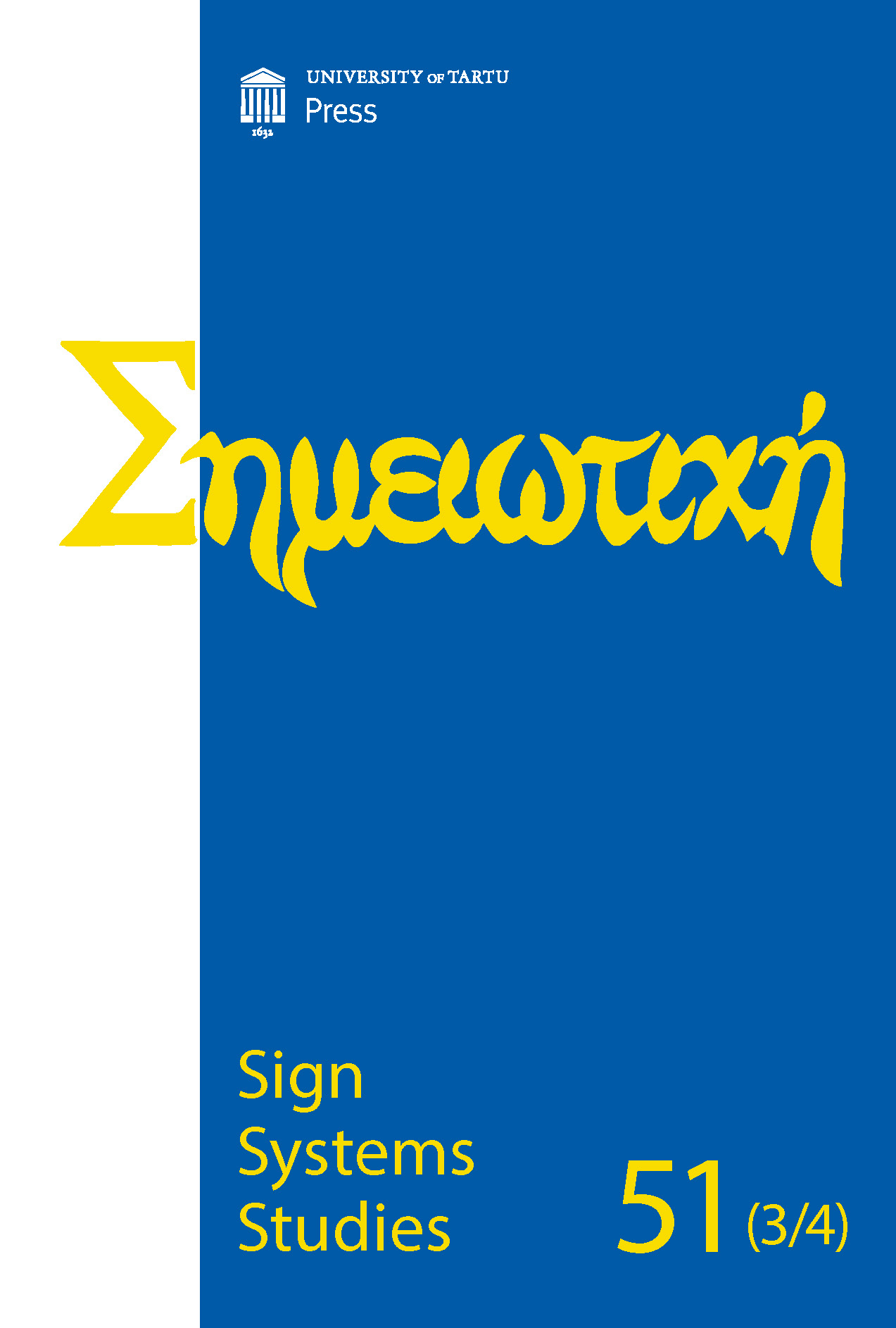Uncovering the two conceptions of the linguistic sign in Saussure’s lectures: An epistemological inquiry with comments on translational equivalence
DOI:
https://doi.org/10.12697/SSS.2023.51.3-4.02Keywords:
epistemology, equivalence, Saussure, sign, translationAbstract
The principal object of this study is constituted by two epistemologically distinct models of Ferdinand de Saussure’s depictions of the linguistic sign. The first model pertains to a bilateral conception of the sign as an inseparable unity of two sides that evoke each other in the mind of individuals during their speaking and understanding activities. The second model, termed here as ‘unilateral conception’, has been deduced from Saussure’s understanding of parole, where an idea establishes itself in a sound and a sound becomes the sign for an idea. A survey of related terminological distinctions derived from logic and philosophy as well as linguistic semiotics seems indispensable for presenting the positions of these bilateral and unilateral sign concepts in a typological matrix which could embrace all sign models originating in the sciences of language. The additional purpose of this study is to put forward the idea of epistemological equivalence to be achieved in translational practice. This supplementary focus of interest in particular concentrates around the question of how the translations of sign-related terms, selected from Cours de linguistique générale, reflect the epistemological awareness of their English-speaking translators.
Downloads
Downloads
Published
How to Cite
Issue
Section
License
Copyright (c) 2024 Zdzisław Wąsik

This work is licensed under a Creative Commons Attribution-NonCommercial-NoDerivatives 4.0 International License.


